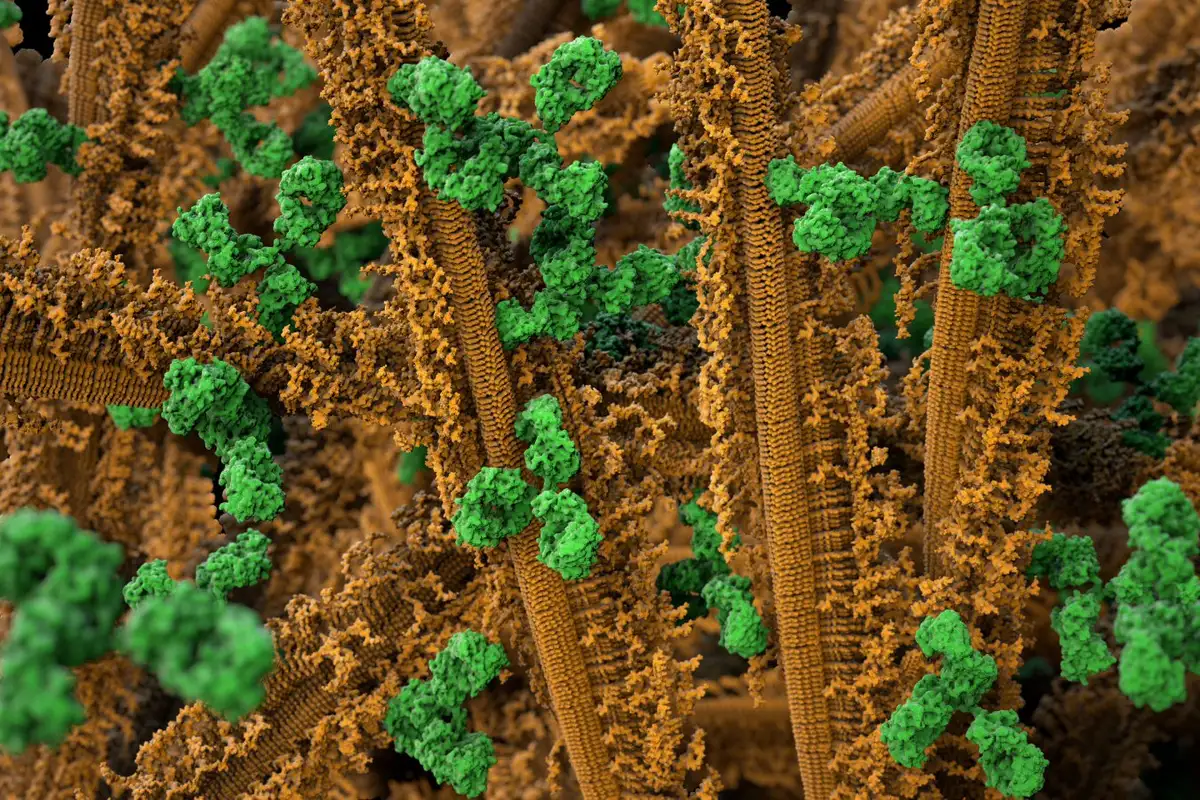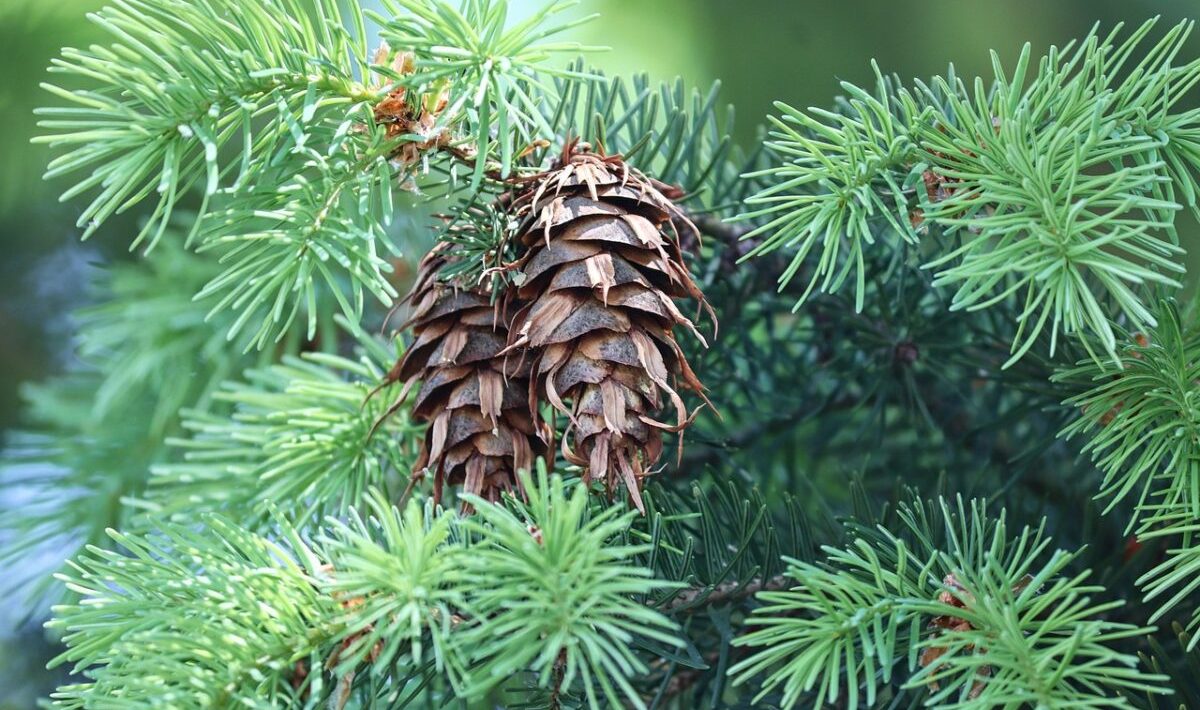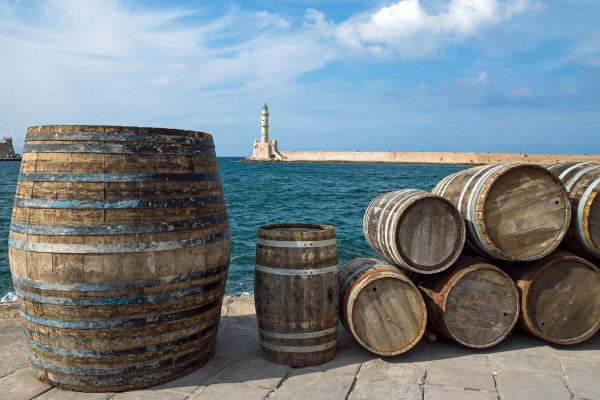This finding could improve ecological mining exploration, using plants as indicators of underground mineral deposits.
It also opens up possibilities for environmental remediation, such as removing metals from contaminated water using plants and microbes.
- Gold inside spruce needles.
- Bacteria transform soluble gold.
- Cleaner mining exploration.
- Biofilms change internal chemistry.
- Microbes as metal sensors.
- Potential for decontaminating water.
Gold that grows on trees: a new look at sustainable mining exploration
In the boreal forests of northern Finland, a surprising discovery is redefining our understanding of the relationship between trees and subsoil metals.
Researchers have identified gold nanoparticles inside the needles of Norway spruce (Picea abies), a finding that goes beyond mere scientific curiosity. Behind this phenomenon lies a complex network of endophytic microorganisms – bacteria that live inside plants – which could be key to more environmentally friendly and less invasive mining exploration methods.
Gold and bacteria: an unexpected alliance
The bacteria present in the needles of the spruce not only survive, but appear to play an active role in the formation of solid gold particles, transforming the metal from its soluble form to its elemental state within the plant tissue.
This process occurs in a microenvironment created by bacterial biofilms, sticky, protective structures where bacteria cluster together and modify the local chemistry.
This discovery, led by the team from the University of Oulu and the Geological Survey of Finland, delves into the biochemical mechanisms that allow plants to reflect what is happening underground, not only through the passive absorption of elements, but also through active interactions between plants and microbes.
More accurate and less destructive mining exploration
Biogeochemical exploration was already being used to detect metals by analysing vegetation. However, this study adds a new dimension: the presence of certain microorganisms as indicators of underground gold.
By identifying microbial communities associated with gold nanoparticles – such as Cutibacterium or Corynebacterium – the possibility of designing more sensitive and specific detection tools is opened up. This can not only reduce the number of unnecessary exploratory drillings, but also lessen the environmental impact in sensitive or protected areas.
This approach is particularly valuable in regions where mining faces increasing sustainability demands. For example, in Finland, home to the Kittilä gold mine, the largest in Europe, the integration of biochemical methods with geophysical technologies is already being applied as part of a strategy to minimise the ecological footprint of mining activity.

Beyond gold: environmental implications
One of the most promising aspects of this finding is its application in the remediation of metal-contaminated water.
In aquatic environments near mining areas, plants and their microbes could act as natural filters, trapping heavy metals through processes similar to those observed in fir needles.
Pilot projects are already underway in Scandinavia to investigate the use of aquatic mosses and endemic bacteria to remove metals such as arsenic and cadmium from contaminated waterways. The idea of harnessing biomineralisation – the biological process of mineral formation – not only allows ecosystems to be restored, but also enables valuable metals to be recovered in passive treatment systems.
Challenges and next steps
Although the study provides solid evidence, there is still much to understand. The variability between trees, even within the same area, indicates that factors such as water flow, microbial diversity and seasonal conditions can significantly alter the process.
The next steps require controlled experiments, tracking the path of gold from the soil to the formation of nanoparticles, checking how specific microbes interact with dissolved gold. It is also key to extend the study to other plant species and ecosystems, especially in areas with different types of rocks and minerals.
This integrative approach – bringing together botany, microbiology, geology and nanotechnology – could revolutionise the way we understand metal cycles in nature, and how we can work with them without destroying their environment.





